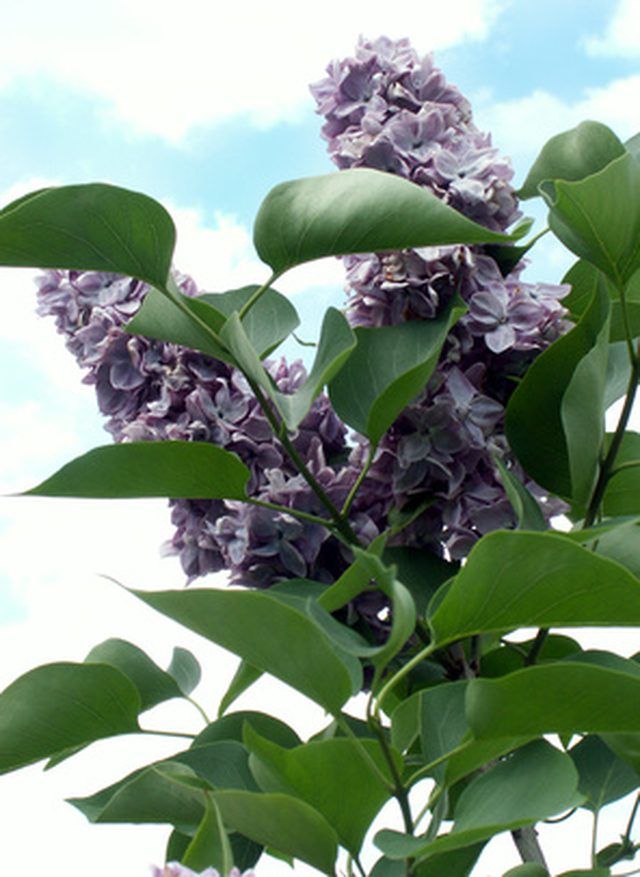Bulbs
Flower Basics
Flower Beds & Specialty Gardens
Flower Garden
Garden Furniture
Garden Gnomes
Garden Seeds
Garden Sheds
Garden Statues
Garden Tools & Supplies
Gardening Basics
Green & Organic
Groundcovers & Vines
Growing Annuals
Growing Basil
Growing Beans
Growing Berries
Growing Blueberries
Growing Cactus
Growing Corn
Growing Cotton
Growing Edibles
Growing Flowers
Growing Garlic
Growing Grapes
Growing Grass
Growing Herbs
Growing Jasmine
Growing Mint
Growing Mushrooms
Orchids
Growing Peanuts
Growing Perennials
Growing Plants
Growing Rosemary
Growing Roses
Growing Strawberries
Growing Sunflowers
Growing Thyme
Growing Tomatoes
Growing Tulips
Growing Vegetables
Herb Basics
Herb Garden
Indoor Growing
Landscaping Basics
Landscaping Patios
Landscaping Plants
Landscaping Shrubs
Landscaping Trees
Landscaping Walks & Pathways
Lawn Basics
Lawn Maintenance
Lawn Mowers
Lawn Ornaments
Lawn Planting
Lawn Tools
Outdoor Growing
Overall Landscape Planning
Pests, Weeds & Problems
Plant Basics
Rock Garden
Rose Garden
Shrubs
Soil
Specialty Gardens
Trees
Vegetable Garden
Yard Maintenance
Potassium Bicarbonate for Powdery Mildew
Potassium Bicarbonate for Powdery Mildew. Powdery mildew is one of the most common fungal afflictions in the garden. Fortunately, there is a simple and safe way to keep plants healthy and fungi free. According to Dr. Horst from Cornell University, potassium bicarbonate is effective at eliminating powdery mildew.

Powdery mildew is one of the most common fungal afflictions in the garden. Fortunately, there is a simple and safe way to keep plants healthy and fungi free. According to Dr. Horst from Cornell University, potassium bicarbonate is effective at eliminating powdery mildew.
Potassium Bicarbonate
Potassium bicarbonate (also known as potassium hydrogen carbonate or potassium acid carbonate) is a crystalline salt found in baking powder and antacids.
Powdery Mildew
Powdery mildew is not a single type of fungus; rather, it is a general term which describes several fungi that share similar habits and management practices. The fungi are spread by spores that are blown by the wind from plant to plant. A prone plant is afflicted by a specific type of fungus. For example, the type of fungus that may afflict a lilac plant may not damage an apple tree. That is why some plants do not appear to ever be affected.
The primary symptom of powdery mildew is a dusty white to gray coating on the leaf or other parts. Powdery mildew starts out as small spots that later expand, forming a mat of mildew. Plants are generally afflicted later in the growing season. In most cases, it is possible to remove the fungal growth by rubbing the leaves together.
Houseplants such as African violet and begonia are most prone to powdery mildew. Lilac, phlox and some varieties of fruit trees frequently need to be treated as well.
Control
Once a plant is infected, it is essential to stop the fungus from spreading by avoiding late summer applications of nitrogen fertilizer and overhead watering and by removing infected leaves and parts. Never compost infected plant debris. Overcrowded plants need pruning in order to reduce humidity and infection.
Chemicals
According to Colorado State University, apply fungicides at seven to 14 day intervals. In addition to potassium carbonate, the following chemicals are effective at killing fungus: sulfur, neem oil and triforine. In "Organic Gardening," Geof Hamilton advises to treat so-called "organic" fungicides the same way in which one would handle toxic chemicals. You shouldnít assume that just because something is organic that itís just as safe as tap water, so keep homemade fungicides away from children and pets and discard any leftover solution. Also, avoid spraying when itís windy and spray toward the end of the day when the beneficial insects are out of the way. Never spray open flowers.
Fungicide
The following is a recipe from the Dirt Doctor for a fungicidal spray. Use either baking soda or potassium bicarbonate. Mix 4 teaspoons of baking soda and 1 tablespoon of horticulture oil with 1 gallon of water. Spray lightly on the leaves of the plant with black spots, powdery mildew, brown patches and other fungal disease. Do not pour directly onto the soil. If you donít have any horticultural oil available, just use citrus oil and molasses instead.